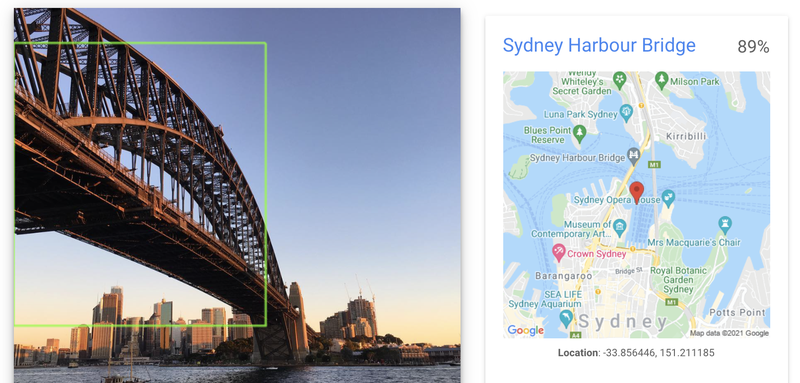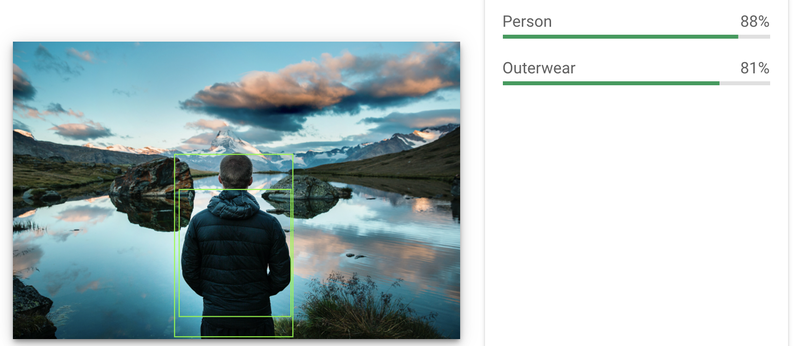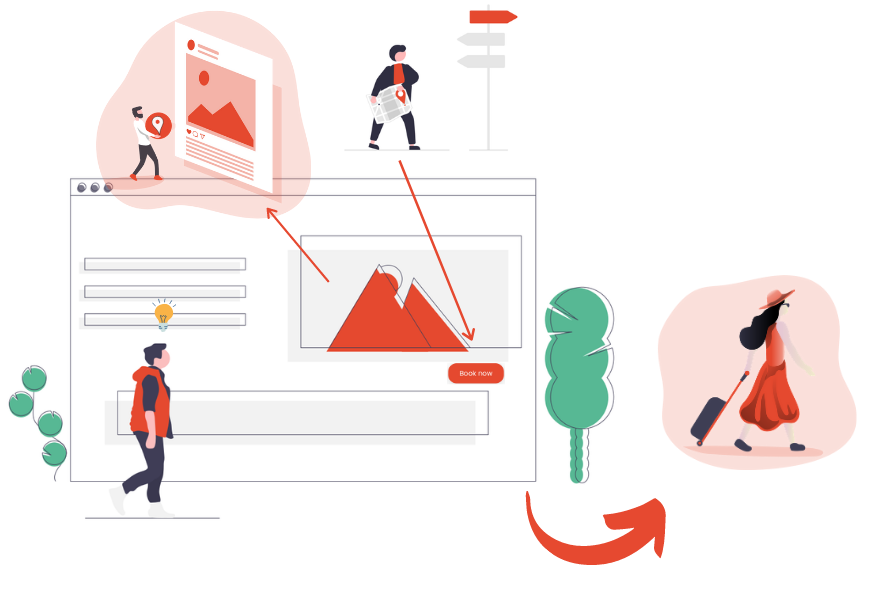On-page SEO analysis for Travel Websites using Artificial Intelligence
Artificial Intelligence and Deep Learning in the Tourism Industry
Dec. 10, 2021

The topic of artificial intelligence applied to SEO is gaining traction as new emerging tools have become available to a broader audience
These SEO techniques are still not that popular but are very useful to give a quick boost to your SEO traffic and in the longer-term guide your overall content strategy. We will take a look at a few of them in this article.
Technologies of artificial intelligence such as Natural Language Processing and Image recognition have now been used by Google for a while in an attempt to understand our web pages better.
They allow Google to automatically identify and classify pieces of sentences as well as pictures that appear on your websites to give a more accurate context to the page that is being crawled.
For example, Google will be able to identify in your articles the name of a destination and make the link with its existing knowledge base about it. He will also be able to tell which landmark or monument is present in a given picture as well as where it was taken. All in all, Google will then know that this web page is related to the topic of travel and more precisely which different destinations are mentioned in it. Here are the different applications of AI to improve the SEO of travel websites
On-page SEO analysis

We have noticed that Google will not recognize most of the texts and images within your webpages. On average, we have noticed that 15% to 30% of content such as destination names or travel pictures won’t be recognized. Here are two examples so you can clearly see what this means.
In this article on Rome in Italy, quite a few destination names are mentioned. We can see that Google recognizes the Vatican and picks up information about it such as a link to its Wikipedia page. On the other hand, for the destination “Piazza della Rotonda”, only the text “Rotonda” is recognized as a location entity. We can see that Google can’t link it to its knowledge base whereas the Wikipedia article for this destination does exist.

We now have the case where an image is present in the article and in which Google detects the right destination of the Sydney Harbour Bridge in Australia. It also pulls information such as the latitude and longitude of the place. For the next picture, we have another use case where the destination is not recognized.

We can see here that no location is returned by Google. Instead, we only get the object detection result, which by the way was also available on the previous picture where the location was correctly recognized. This picture was actually taken in front of a lake near the Matterhorn in Switzerland but the image recognition model was not able to recognize it automatically. Another check-up that we also provide to confirm the lack of knowledge from Google on this specific picture is via an automated reverse search that confirms no location has ever been identified by the search engine before.
This missing information can have important implications regarding your SEO strategy. Knowing specifically which elements are not recognized by artificial intelligence will allow you to focus on enriching the content that Google still doesn't know very well within our website. Our on-page SEO analysis reports will give you all this information for each page of your website. You will then be able to take actions to work on this such as:
Adding structured data
The first step you can take to address this issue is by adding structured data to your web pages following the Image schema used by Google. For each image, you can specify the URL of the picture, the associated location (place + country), and the link to the license attached to the picture. Google will appreciate this additional information and will learn from it.
Improving internal and external linking
Going further, you should also link the destination names or the images that are not recognized by Google to other pages of your website that cover these destinations more in-depth. This will subsequently give more knowledge to Google on subjects where it can still learn and it will lead to more pages being crawled and a better SEO. This will also improve your internal linking as you will link keywords to the relevant pages and will enable your users to have a better experience when they are browsing your website. This process of internal linking can be automated using artificial intelligence with the Hatlas Platform where all your web pages are synchronized and where you will receive automatic linking suggestions.
In the case where you don't have such pages on your articles, you can organize your content development strategy around it and prioritize your work on these destinations. In the meantime, you should link them to external websites that have more information about it, such as Wikipedia. Google will appreciate this external linking and you will rank better.
Our tools will allow you to automate these processes easily. For each of your web pages, we can provide you with an on-page SEO analysis alongside a list of recommendations to improve your SEO and we can add links to your texts and images automatically
Let's talk about your projects

Register for a call
We'll take up to one hour to discuss about your needs and find the solution that suits you the most
About Hatlas Vision
We use Artificial Intelligence to curate, categorize and monetize travel content.
Our services range from smart affiliate web plugins and widgets to custom travel NLP and computer vision in order to help you monetize your travel blogs and websites
Categories
Recent Posts
- Capture Leads and and Engage Customers with an Innovative Travel Planning Widget on your Website (powered by ChatGPT 4)
- The Best Travel APIs for Affiliate Marketing: Tours, Hotels, Food, Flights
- The Complete Guide to Become a Travel Blogger in 2022
- How travel brands can use UGC to improve their visual marketing strategy
- On-page SEO analysis for Travel Websites using Artificial Intelligence